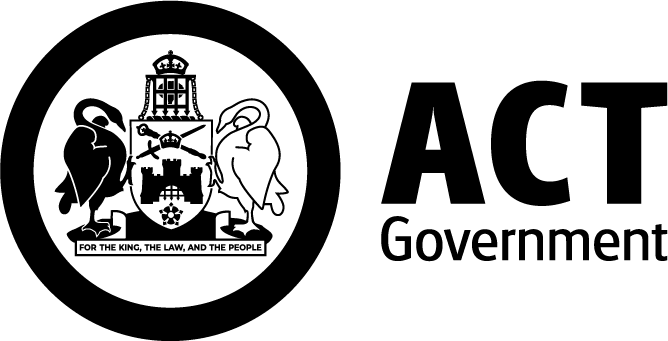Bonner Offset Area
Associated Development: Ngunnawal Residential Estate Stage 2C
Commonwealth approval: EPBC 2010/5648
Length of approval: 31 March 2021. Following this date, the offset area will be incorporated into the Canberra Nature Park.
Associated Nature Reserve: Mulligans Flat Nature Reserve
Where is the Bonner Offset Area?
Bonner Offset Area (21 Ha) extends the Mulligans Flat Nature Reserve. It is situated north of the suburb Bonner in the Gungahlin District.
Why is it an offset?
Bonner Offset Area has conservation objectives concerning Matters of National Environmental Significance (MNES), protected under the Environment Protection and Biodiversity Conservation Act 1999 (EPBC Act). Specifically:
- Box-Gum Grassy Woodland (White box - Yellow box- Blakely's Red Gum Grassy Woodland and derived native grassland)
- Golden Sun Moth (Synemon plana)
What else is special about the Bonner Offset Area
Connectivity
The offset area adjoins to Mulligans Flat Nature Reserve. Combined with other woodlands within northern ACT and adjacent NSW, the offset area forms part of the largest, best connected and most diverse patches of Box-Gum Grassy Woodland remaining in south-eastern Australia. The area is also part of the Molonglo River to Barton Highway Woodland corridor, which has been nominated for provisional registration on the ACT Heritage Register for its natural heritage values.
Threatened fauna
- Brown Songlark (Cincloramphus cruralis)
- Perunga Grasshopper (Perunga ochracea)
- White-winged Triller (Lalage sueurii)
- Southern Whiteface (Aphelocephala leucopsis)
Find out about threatened flora and fauna. You can also find useful information through the NSW Government threatened biodiversity profile search and PlantNET.
Ngunnawal Country and People
Bonner offset area is located on Ngunnawal Country, an ancient and diverse landscape managed by Ngunnawal people for tens of thousands of years. For time immemorial Ngunnawal people have maintained a tangible and intangible cultural, social, environmental, spiritual, and economic connection to these lands and waters.
The Heritage Act 2004 makes particular provision for recognising, registering and conserving Aboriginal places and objects. Under the Act it is an offence to damage, disturb or destroy any Aboriginal place or object. Find out more about the protection of Aboriginal places and objects.
European heritage
European settlement within the area dates back to the early nineteenth century. From 1860, fences were constructed and continuous stocking with sheep commenced in large paddocks.
In 1994, Mulligans Flat Nature Reserve was established. Continuous stocking and firewood collection ceased within the reserve at this time. The Mulligans Flat Woodland Sanctuary was established in 2008. In 2009 a predator proof fence was erected and a program to remove pest plant and animal species from within the Sanctuary commenced.
What can I do in this reserve?
The Mulligans Flat Nature Reserve is used for walking, running and cycling. Bird watching is also very popular. Ranger guided activities are organised within the Mulligans Flat Woodland Sanctuary.
A walking trail with track markers has been established around the perimeter of the offset area. This track links with an urban park within the adjacent Bonner residential area and ends at a car park accessible from the Mulligans Flat Road.
This track has been placed to improve access into the Mulligans Flat Nature Reserve for the local residents, while avoiding any direct impact on the golden sun moth habitat within the offset area.
Dogs and horses are not permitted within the Mulligans Flat Nature Reserve, including the offset area.
Management
The long term management aim for the offset area is to protect and manage the Golden Sun Moth habitat and the Box-Gum Grassy Woodland community.
Monitoring and research reports
- Bonner, Throsby and Kinlyside - GSM Population and Habitat Monitoring Program Report 2015 [PDF 8.5 MB]
- Bonner, Throsby and Kinlyside - GSM Population Monitoring and Habitat Mapping 2016 [PDF 11.8 MB]
More information
- Find associated publications on the Offsets Register.
